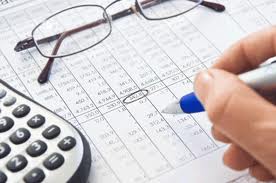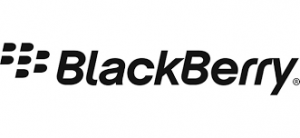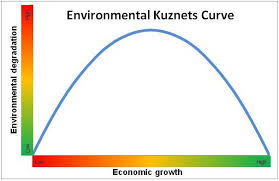A balance sheet summarizes what a business owns and what it owes.It is one of the key financial statements and is a snapshot of the financial position of a business at a point in time.
*What a business owns: The top half of the balance sheet contains the different assets a business owns, which are:
>>Long-term(non-current) assets, such as property, plant and equipment, intangibles and investments.
>>Short-term(current) assets, such as inventory, money owned by customers and cash.
*What a business owes: The bottom half of the balance sheet contains the different liabilities a business owes to shareholders and other third parties, which are:
>>Equity, which consists of share capital and retained earnings.”Retained earnings” or “retained profits” are unspent or non-distributed profits, which are retained in a business for future use.They effectively belong to the shareholders and are therefore a liability of the business.
>>Long-term(non-current) liabilities, such as loans from a bank.
>>Money owed to suppliers and the other creditors.
*Why a balance sheet balances: The top half of the balance sheet will equal the bottom half of the balance sheet due to the principle of double entry book keeping – every debit has an equal and opposite credit.A business’s assets (its debits) will equal its liabilities(its credits).The exact format of a balance sheet will depend upon the type of business and associated accounting conventions.
Click here for government certification in Accounting, Banking & Finance





9 Comments. Leave new
Nice
Thanks Akansha!
Great work!
Thanks Saumya!
Well said, Aman!
Thanks Shaily!
Helpful for many!
Thanks Tarandeep!
The most important component used to decipher the financial position of the company at certain point of time, it gives a true picture to the investor s and the shareholders about the performance of the company very well written